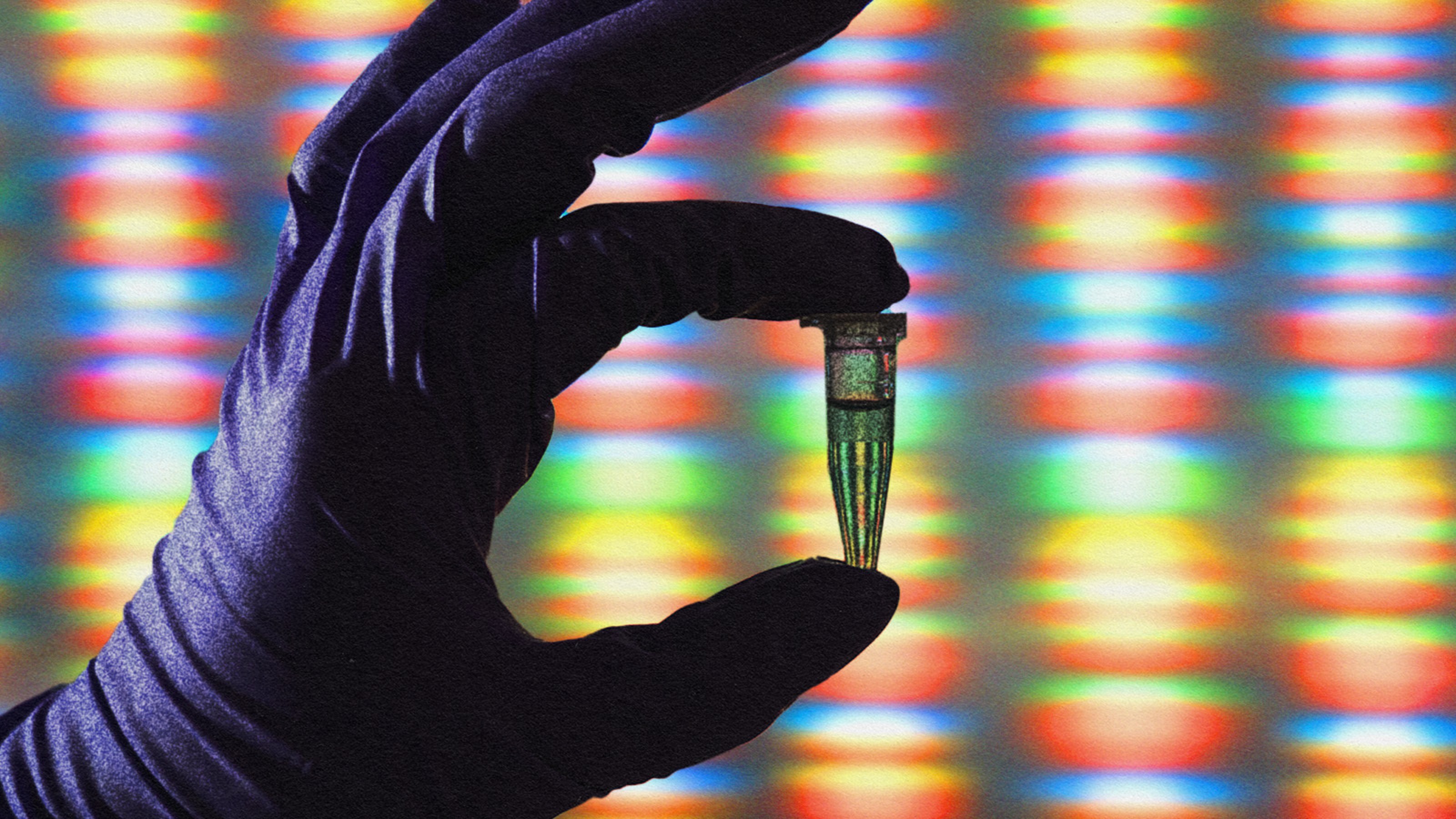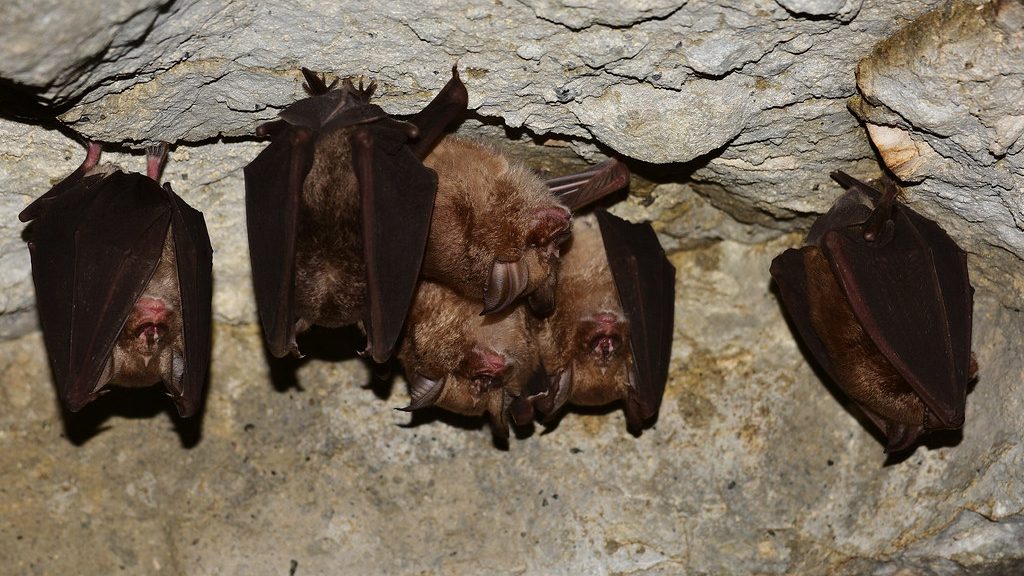Sign up for the Smarter Faster newsletter
A weekly newsletter featuring the biggest ideas from the smartest people
The cost of DNA sequencing has plummeted tremendously. The first human genome sequence that was completed ten years ago cost a billion dollars. Now we can sequence a human genome in a matter of a day or two and it costs well under ten thousand dollars, really just a few thousand dollars.
Eric Green: So Moore’s law is sort of the law of the computer industry that says compute power doubles every 24 months or so. And, you know, that’s sort of put out there by experts and technology development is sort of, you know, the prototype. That’s the thing that you really shoot for with Moore’s law but nobody ever keeps up with Moore’s law except the computer industry. So saying we actually track and have been tracking really, you know, the past 15 years in terms of the cost for DNA sequencing. And trying our best to keep up with Moore’s law and actually we did keep up with Moore’s law really quite effectively near the end of the genome project and even in the number of years for four or five years after the genome project using the old fashioned method that we used to use for DNA sequencing but we had sufficiently industrialized those methods that actually allowed us to keep up with Moore’s law.
And then what happened? About 2007 our major groups switched over to these fancy new methods. They’re called next generation DNA sequencing methods and almost overnight and has just continued to do it up to the present time they outstripped Moore’s law by far. And it’s really been truly remarkable. The cost of DNA sequencing has plummeted tremendously so that that first human genome sequence that was completed ten years ago cost a billion dollars and now we can sequence a human genome today in a matter of a day or two and it costs well under ten thousand dollars, really just a few thousand dollars. And if you follow the curves which we’ve been following you can see particularly the last six years we have out paced Moore’s law by far.
So among the many exciting developments in genomics really continues to be new technologies for sequencing DNA. We’ve come a long way and have incredibly powerful methods today. There’s new ones coming and we continue to invest in the development of new technologies because we see the importance of it. There’s a particular new methodology that’s getting a lot of attention in the genomics community these days. It’s called nanopore sequencing. It really is with molecules that sit in lipid bilayers and the strands of DNA sort of get pulled through it and literally we’re able to detect every single base on that DNA ladder one at a time as it gets pulled through the nanopores. It’s just way cool.
But what’s particularly cool about is is that the technologies can be reduced to really small form and one of the companies that’s manufacturing it is releasing an instrument this year that basically looks like a USB device. In fact it is a USB device. It’s a little bit bigger than a thumb drive. And literally it plugs into the USB port of a laptop computer and I haven’t seen it operate yet but I’m told it can sequence a human genome in something like a day. We’ll have to see when it’s released how it really performs. But the notion, you know, and whether it’s that company or whether it’s this year or whether it’s another company or it’s another year – it’s not science fiction to believe that we will have these little USB devices sitting in our laptop that can read out human genome sequences in the next year or two or three.
One of the things I think is particularly cool with this first company that’s launching these USB devices is that the company tells me that the USB device that will sequence a human genome will work equally well in a PC or a Macintosh computer which makes me think they’ve thought of everything.
Directed/Produced by Jonathan Fowler and Dillon Fitton





